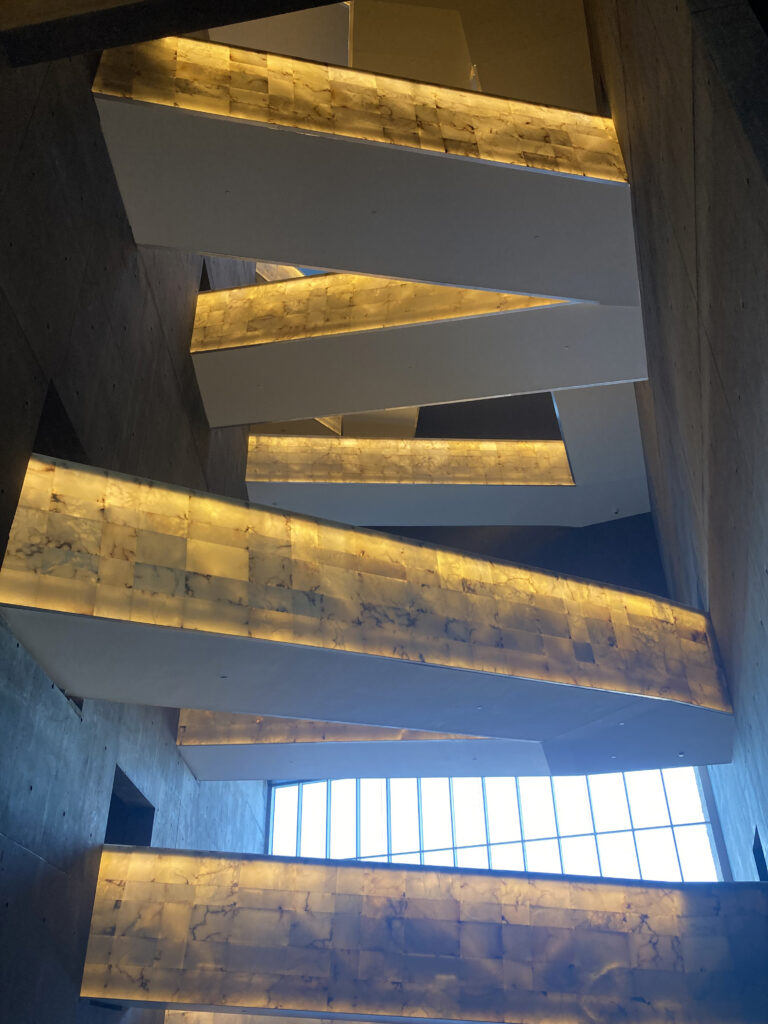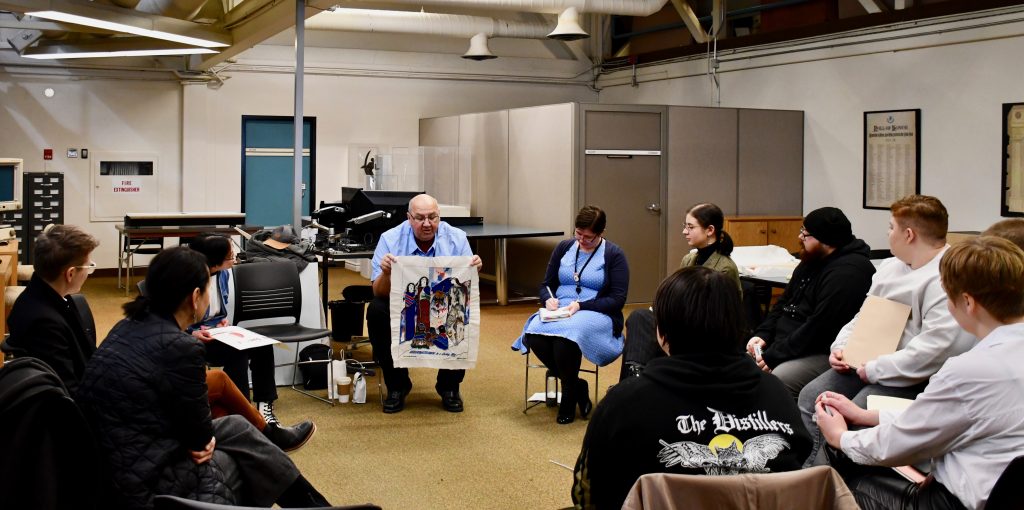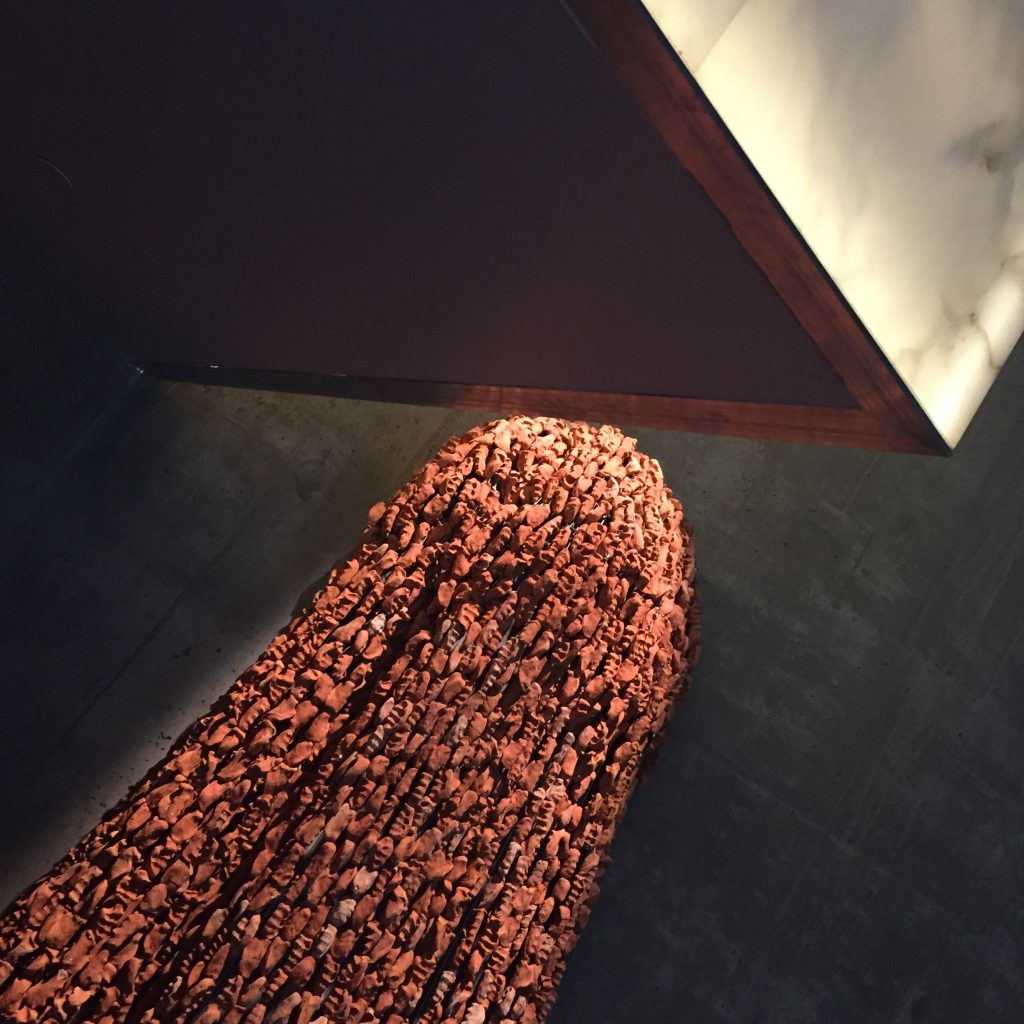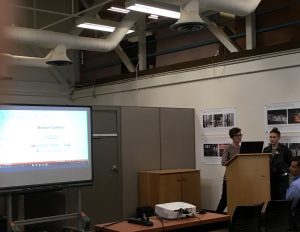
Being a part of the Museum Queeries cluster of the Thinking Through the Museum project has been an exciting and rewarding experience. Thinking Through the Museum has allowed me the opportunity to experience far-reaching discussions around contemporary issues within museums around the world. In Museum Queeries, as a Research Assistant for Drs. Angela Failler and Heather Milne, I was immersed in deeper readings of queer pasts, presents, and futurities. As the world grapples with the global Covid-19 pandemic, Thinking Through The Museum and Museum Queeries provided me with access to engaging conferences, research talks, and meetings through electronic platforms that sustained my academic morale. These events complemented and enhanced my journey through an MA in Cultural Studies at the University of Winnipeg.
One particular event of note that I attended through this Research Assistantship was on Building the Hamilton 2SLGBTQ+ Community Archive. Held October 19-21, 2021, this event consisted of two virtual roundtable critical discussions on how to archive queer material in Hamilton. Speakers on the tables included artists, curators, community members, and academics such as Syrus Marcus Ware, Pamila Matharu, Sheri Osden Nault, Rebecka Sheffield, Richard Douglas-Chin, Walka Geeshy Meegqun, Pauline Kajiura, and Cole Gately. The event taught me that creating an archive, in essence, creates a legacy for future generations to have access to history left out of main narratives. These archives also potentially provide material for museums to work with in memory production. Additionally, the importance that counter-archiving has in the process of creating archives that are publicly driven was discussed in detail. There was an abundance of storytelling within the discussions, which in their own way were a counter-archive in creation. Chatting amongst friends, colleagues, and community forms a counter-archival space that has living voices animating the information as memories. In this era of pandemic Zoom meetings, I think a positive result has been communication across countries and regions creating beautiful moments of counter-archiving such as this roundtable.
Another example of an event I was able to attend by way of my research assistantship was the Exhibitionism: Sexuality at the Museum Conference held from December 9-11, 2021. This was a 3-day online conference that spanned across countries and created opportunities for LGBTQ2IA+ people, people of colour, sex workers, kink collectives, women, and other groups to engage audiences in programming that explored a variety of topics related to human sexuality and display. The conference was organized by Melissa Blundell-Osorio, Director of Education at the Wilzig Erotic Museum, Rebecca Fasman, Curator at the Kinsey Institute in Indiana, and Hannes Hacke, Research Associate and Curator at the Research Centre for Cultural History of Sexuality at Humbolt University, with keynote speakers such as Annie Sprinkle and Beth Stephens. This conference brought together scholars and speakers from across the globe to discuss what to do with all the sexuality (or its repression) in museums, how to create sex museums, how to conquer taboo, and how to create safe pedagogical experiences about sex. It was also a large-scale networking adventure of like-minded scholars, thinkers, and activists to engage with each other’s research and work. The event allowed not only for discussions from various places around the world, but also for artistic expression and modes of presentation regarding sexuality in a museum setting; there were even a few on-camera performances. One of the most powerful of these was done by Robert Andy Coombs and Vicente Ugartechea, who used an art performance to weave the experience of disability, gender, desire, and kink into a powerful educational tool about people who live their queer lives at these intersections. I think the conference as a whole displayed the level of care and respect needed in Cultural Studies as it evolves in the future.
Lastly, I want to mention the opportunity Museum Queeries provided for me to attend the Canadian Museum for Human Rights here in Winnipeg. I visited the museum with a question in mind about how queerness and disability might be displayed and articulated within spaces of public memory. Monumental structures of display such as the CMHR project outwardly narratives of progress and accomplishments of the State, but looking for intersectionalities such as queerness and disability within them reveal gaps in the narrative structure. Often museums and institutions work hard to check as many boxes as possible without realizing these boxes can overlap each other in multitudes of different ways. One of my primary directives when attending the museum was to explore the widely touted progressive accessibility features implemented within it. I did find that the museum offered a well-thought-out experience for a blind person such as myself. It is not often that I have attended a Canadian museum or institution and found that all the didactic information is accessible through not only braille but also raised numerical codes to access via smart devices or audio descriptions of what is being looked at. This reminded me that though we may go on research endeavours to critique, we can be surprised by the positive accomplishments within structures.
These are just a few experiences that being a part of the Museum Queeries research cluster has allowed me to take part in. Being in discussions and dialogue with Drs. Failler and Milne, as well as the many great Research Assistants and team members in the project, has given me much to take forward as I finish my MA at the University of Winnipeg and into the future. I have learned that immersing oneself within as many conversations as possible, and exploring institutions inside and out, is a productive pathway through the interdisciplinary fields of Cultural Studies.


 University of Winnipeg students developed Queering the Museum Audio Guides*, responding to content highlighted on a “Pride Tour” offered by the Canadian Museum for Human Rights. The Guides are intended to critically engage listeners/museumgoers and raise the bar of expectation around how museums and other sites that contribute to public discourse on historical and contemporary issues represent queer issues and lives.
University of Winnipeg students developed Queering the Museum Audio Guides*, responding to content highlighted on a “Pride Tour” offered by the Canadian Museum for Human Rights. The Guides are intended to critically engage listeners/museumgoers and raise the bar of expectation around how museums and other sites that contribute to public discourse on historical and contemporary issues represent queer issues and lives.
 On May 29, 2017, Dr. Heather Milne and Research Assistant Hailey Primrose spoke to a group of approximately 25 people about the upcoming Museum Queeries workshop. The two discussed the overall project, the theme of curatorial dreaming that will frame the workshop, and the overarching questions that the project and the workshop intend to respond to.
On May 29, 2017, Dr. Heather Milne and Research Assistant Hailey Primrose spoke to a group of approximately 25 people about the upcoming Museum Queeries workshop. The two discussed the overall project, the theme of curatorial dreaming that will frame the workshop, and the overarching questions that the project and the workshop intend to respond to.